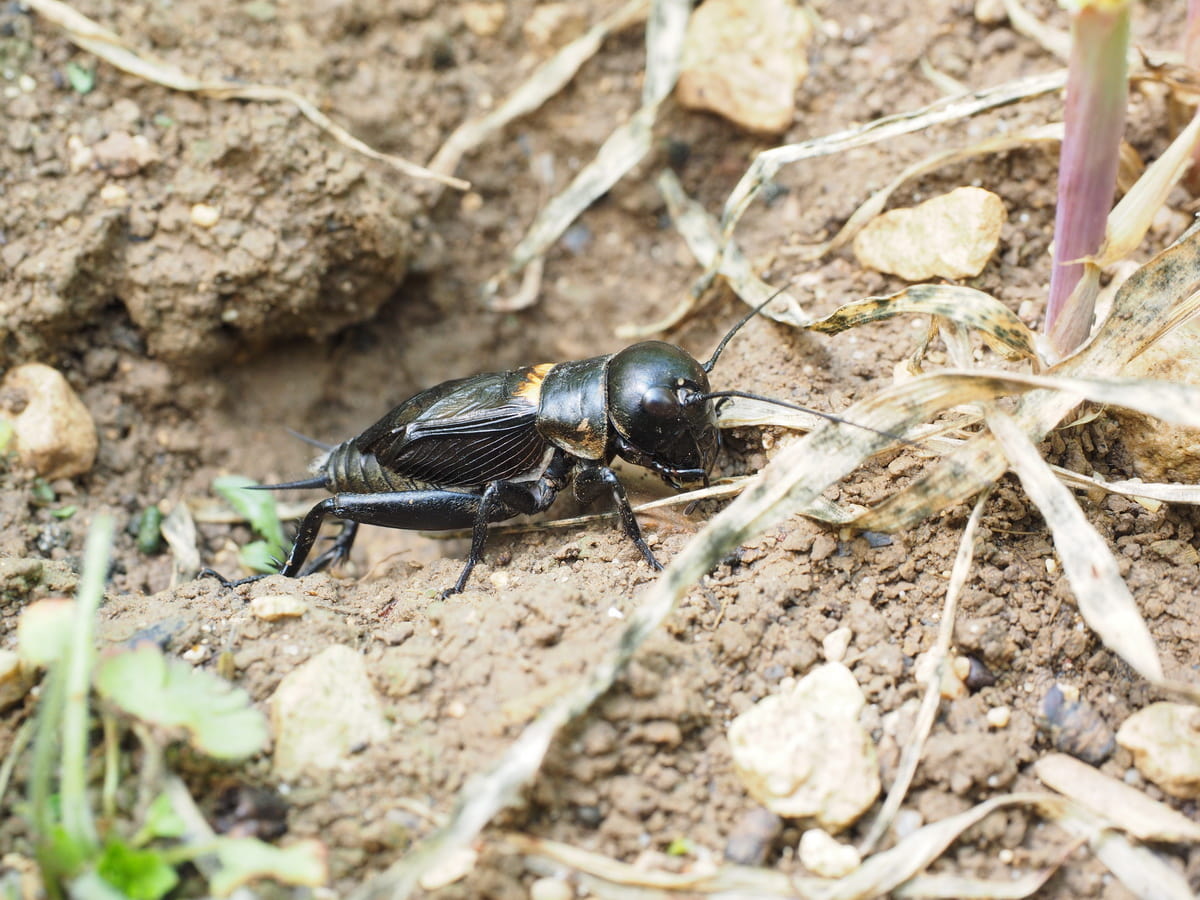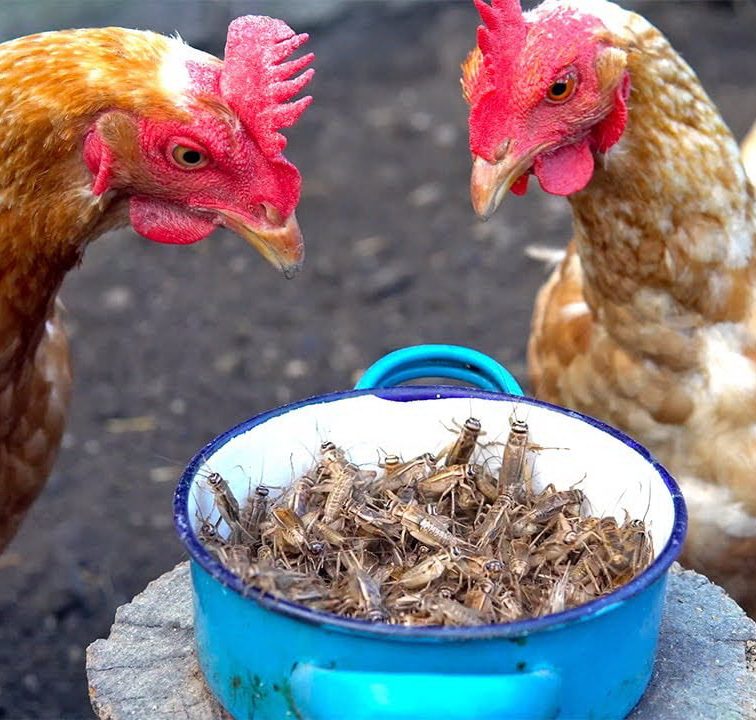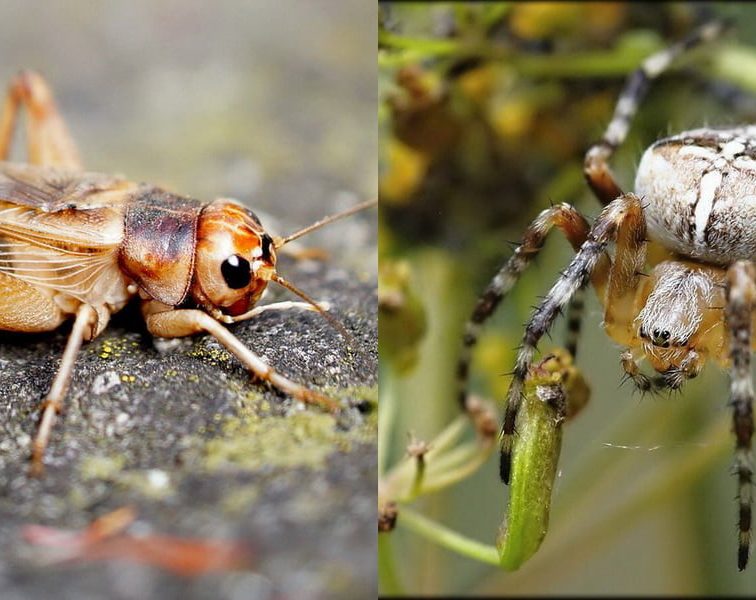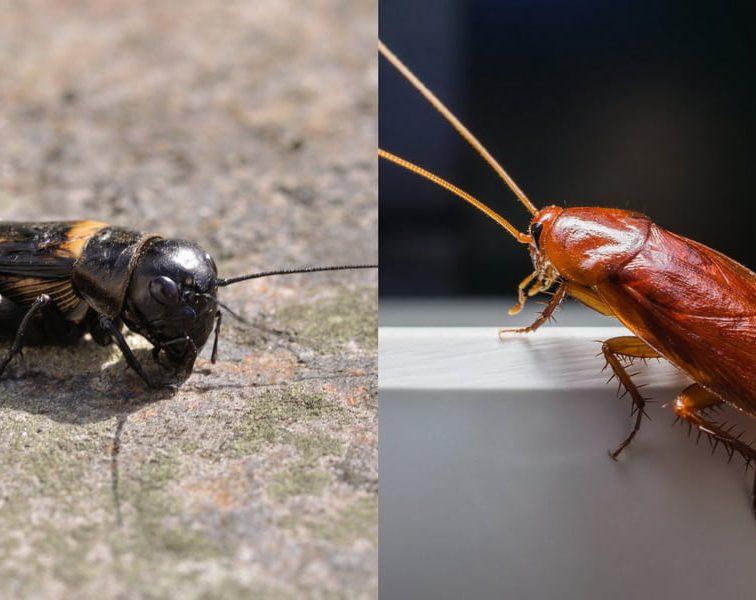Crickets are a fascinating study in diversity and adaptation. With over 2,400 species, they inhabit environments from jungles to deserts, showcasing a range of sizes, colors, and behaviors. Some can leap 20 to 30 times their body length, while others are master burrowers.
Remarkably, crickets use their legs to hear and their wings to sing, with each species having a unique chirp. Their role extends from being a crucial part of the food chain to a sustainable protein source for humans, reflecting their ecological importance.
Let’s embark on an exploration of these intriguing insects, uncovering fun facts about crickets that highlight their distinct role in both natural ecosystems and human society.
1. The Symphony of Crickets: Unraveling Their Chirping Secrets
The chirping sound of crickets, known as stridulation, is created when a cricket rubs its wings together. This sound is primarily made by male crickets to attract females and establish their territory. The mechanism involves a scraper (a sharp ridge) on one of the wings (the file) being rubbed against a series of serrated edges on the other wing (the scraper).
Interestingly, the frequency and pattern of these chirps can vary based on temperature – a phenomenon known as Dolbear’s Law. Established by Amos Dolbear in 1897, this law suggests that by counting cricket chirps, one can estimate the ambient temperature.
2. Crickets’ Global Habitat: From Jungles to Your Backyard
Crickets are incredibly adaptable and have been found in diverse habitats across the globe, from jungles and forests to grasslands and urban areas. The Gryllidae family, to which crickets belong, includes about 2,400 species. Each species has adapted to its unique environment.
For instance, tree crickets thrive in foliage, while ground crickets prefer low vegetation on the ground. This wide distribution of crickets underscores their ecological adaptability and resilience.
3. The Giants and Dwarfs of the Cricket World
In the diverse world of crickets, the Central American Goliath Cricket stands out as the giant, reaching up to four inches in length and weighing as much as a large mouse. This behemoth of the cricket family is found in the ecosystems of Central and South America.
On the smaller end, wood crickets, part of the Trigonidiidae family, measure barely 0.6 inches, making them among the smallest cricket species. These tiny crickets inhabit woodlands globally, showcasing the remarkable size range within the cricket family.
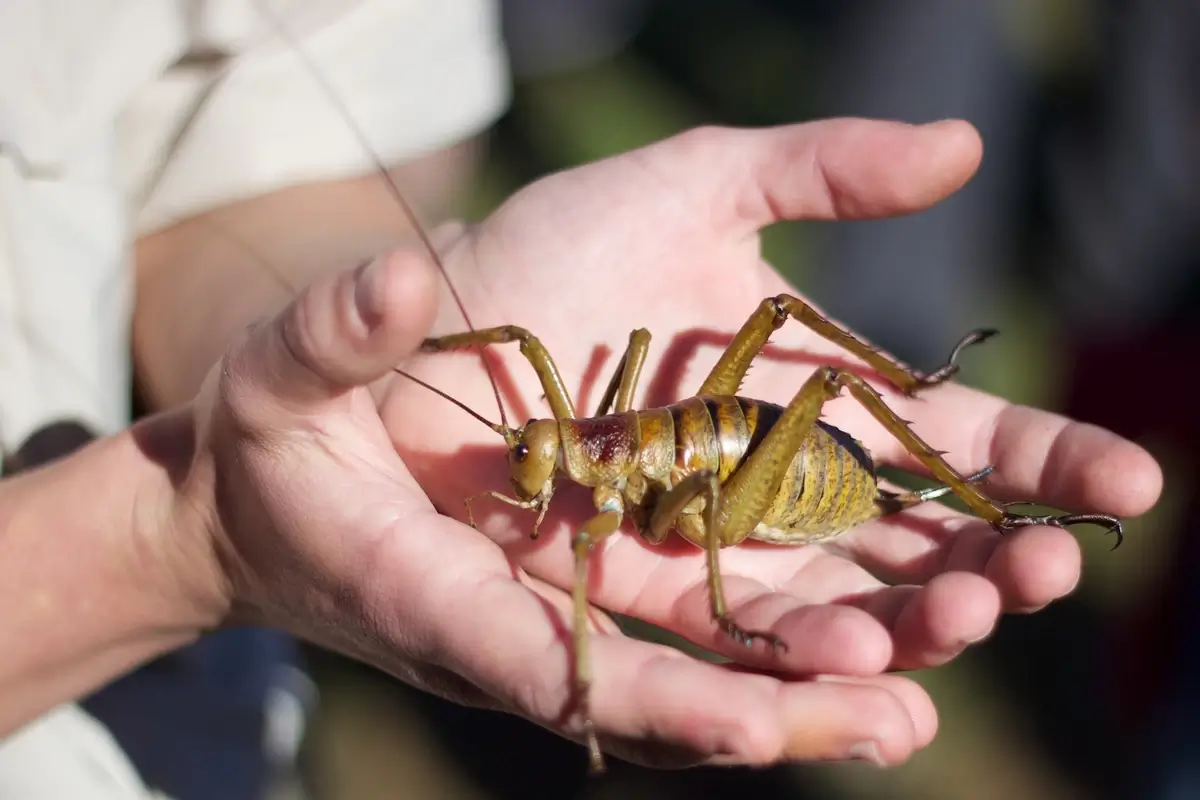
Giant wētā (Deinacrida heteracantha). Image: baamboozle.com
4. Crickets and Culture: Symbolism in Literature and Mythology
In various cultures, crickets symbolize good luck and prosperity. In Chinese culture, crickets were kept for their singing and were considered a symbol of good fortune. Similarly, in Western literature, the cricket often represents cheerfulness and companionship, as seen in Charles Dickens’ “The Cricket on the Hearth.”
These cultural representations reflect not only the aesthetic appreciation of cricket songs but also a deeper symbolic connection with nature and wellbeing.
5. The Lifespan of a Cricket: From Egg to Adulthood
The lifespan of a cricket is a journey through three stages: egg, nymph, and adult. Female crickets use an organ called an ovipositor to lay eggs, depositing up to 2,000 eggs in their lifetime. These eggs take about 14 days to develop and hatch into nymphs. Nymphs resemble miniature adult crickets but lack wings and reproductive organs. They undergo around 8 to 10 molts over a period of two to four months before reaching adulthood.
Adult crickets live for about two to three months, with their lives centered on eating and breeding. Unique species like the giant wētā of New Zealand have a longer lifespan, surviving up to 2 years thanks to a protein in their hemolymph that acts like antifreeze.
6. Crickets’ Role in Ecosystems: More Than Just Prey
Crickets play a multifaceted role in ecosystems. Beyond being a food source for various predators, they are important in the decomposition process.
As omnivores, crickets feed on plant matter, fungi, and smaller insects, aiding in nutrient recycling. They also influence the survival and reproduction of other species, acting as both predators and prey within their ecological niches.
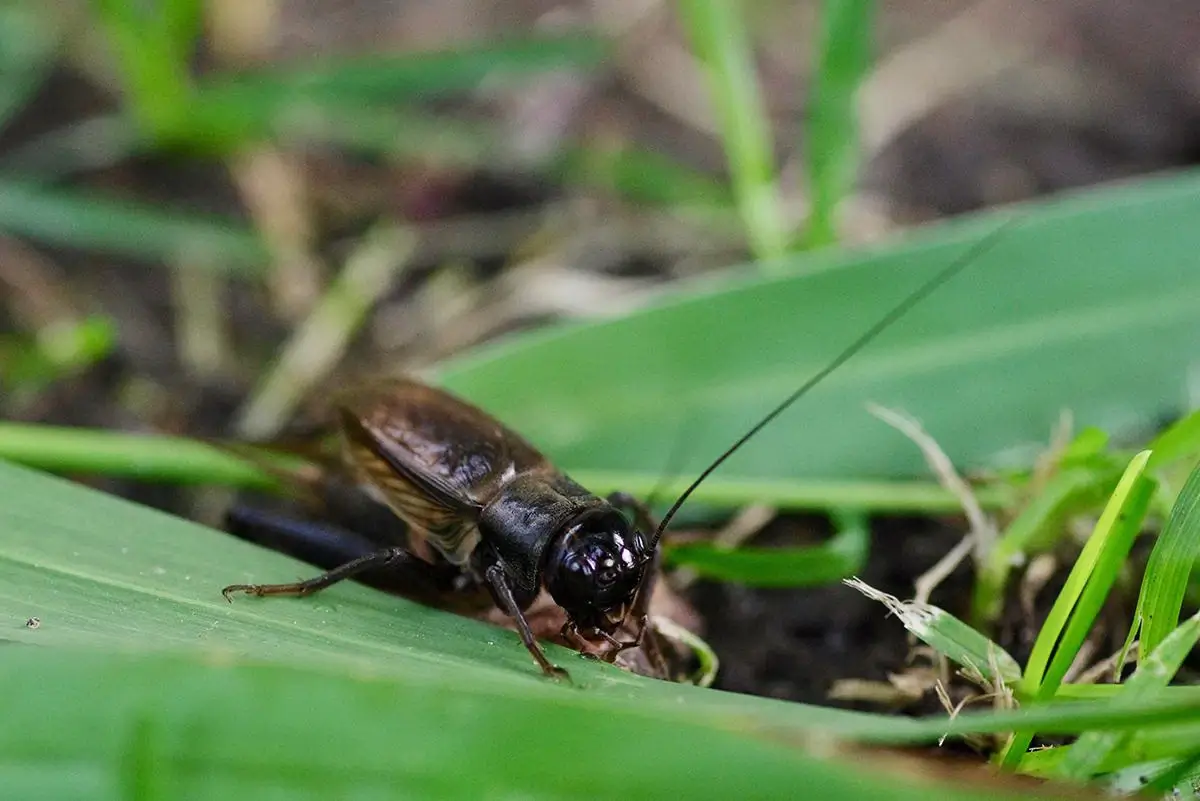
Image: du.edu
7. The Remarkable Hearing of Crickets: Ears on Their Legs!
Crickets have a unique auditory system with their ears located on their front legs, just below the knee. These ears, or tympanal organs, consist of a thin membrane (tympanum) that vibrates in response to sound waves.
This adaptation allows crickets to detect predator sounds, environmental noises, and the chirps of other crickets, which is crucial for survival and communication.
8. Crickets’ Silent Evolution: Adapting to Avoid Parasites
The silent evolution of Hawaiian field crickets (Teleogryllus oceanicus) is a remarkable example of rapid adaptation. To evade parasitic flies that locate males by their chirping, these crickets developed “flatwing” mutations, rendering them silent. This occurred independently on Kauai and Oahu islands within just 20 generations.
These silent mutations, though different genetically, both successfully helped crickets avoid the deadly parasites. This scenario is an extraordinary case of convergent evolution, where similar traits evolve independently due to shared environmental pressures.
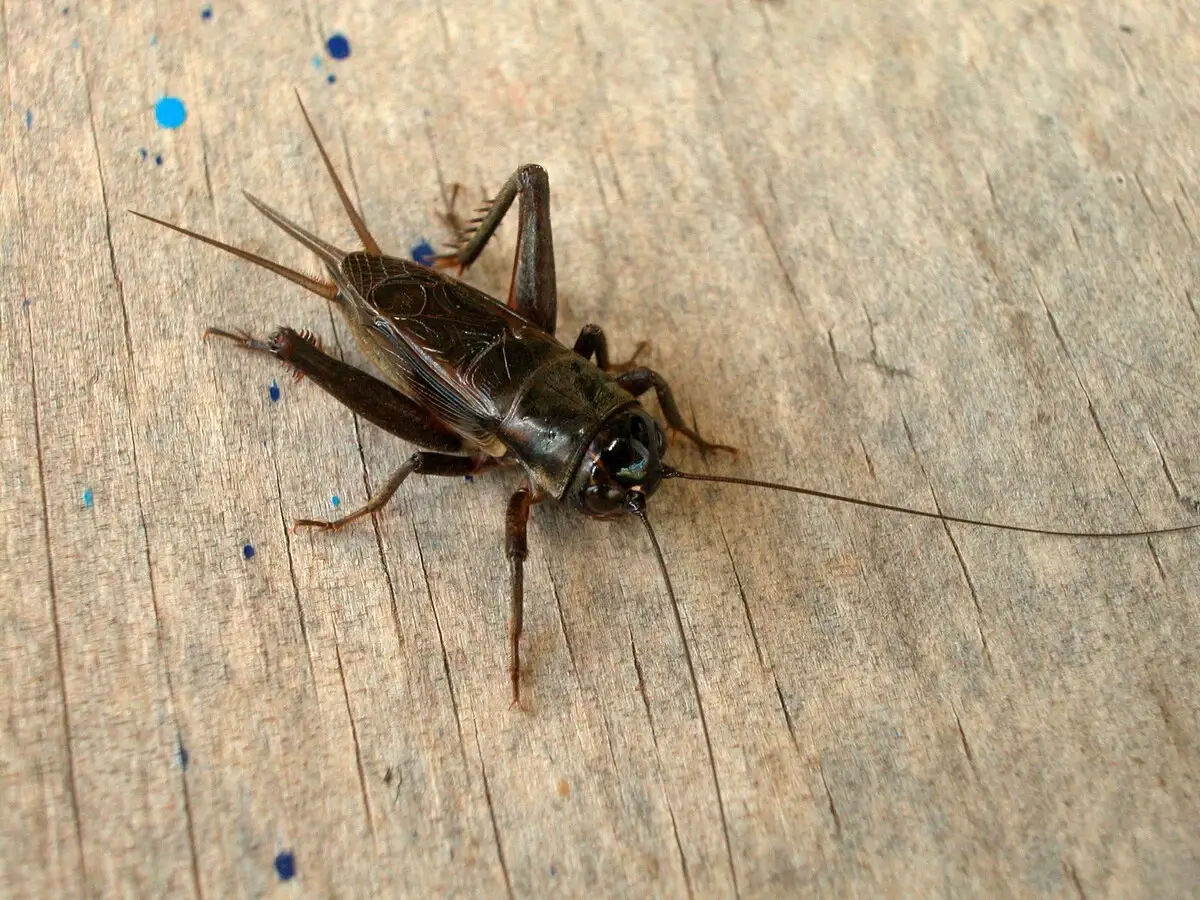
The Teleogryllus oceanicus cricket. Image: washingtonpost.com
9. Crickets and Temperature: Nature’s Thermometers
Crickets serve as natural thermometers through a phenomenon known as Dolbear’s Law. Discovered by Amos Dolbear in 1897, this law establishes a relationship between the rate of cricket chirps and the ambient air temperature.
The law’s formula suggests that counting the number of chirps in 14 seconds and adding 40 gives an approximation of the temperature in Fahrenheit. This correlation is particularly accurate for the snowy tree cricket, often referred to as the Temperature Cricket. However, the formula also applies to common field crickets with slight deviations.
10. Varieties of Crickets: Exploring Their Diversity
The cricket family, Gryllidae, boasts a remarkable diversity with around 2,400 species worldwide. These species vary significantly in size, habitat, and behavior. Examples include the tiny eastern ant cricket and the large New Zealand giant wētā.
The diversity of cricket species is a testament to their adaptability and evolutionary success across various ecosystems.
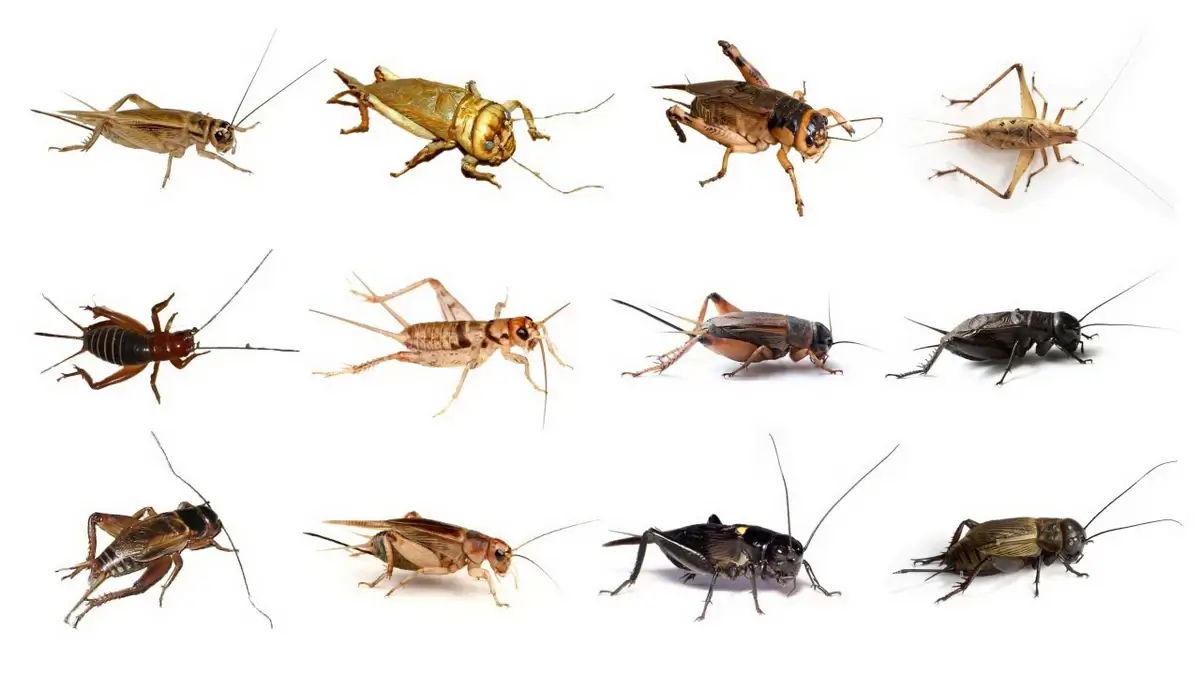
Image: YouTube
11. Crickets in Space: Studying Insect Behavior in Zero Gravity
The “Crickets in Space” (CRISP) experiment studied how the balance between genetic programs and gravity affects the development of a gravity-sensitive neuronal system in crickets.
Researchers used various developmental stages of Acheta domesticus (common house cricket) to examine the effects of microgravity and hypergravity. They discovered that microgravity significantly affected the physiology of the crickets’ position-sensitive interneurons (PSI), while their behavior showed low susceptibility to these gravity changes.
These findings contribute to understanding how altered gravity impacts complex organisms, crucial for long-term space missions.
12. Cricket’s Love Song: The Science Behind Mating Calls
The chirping sound of crickets, especially by males, is an essential part of their mating ritual. This sound, produced by the process of stridulation (rubbing their wings together), serves to attract females, repel rival males, and signal danger.
The specific patterns, frequencies, and intensities of these chirps are crucial for communication and reproductive success, offering a fascinating glimpse into cricket behavior and communication.
13. Crickets and Camouflage: Masters of Hide and Seek
Crickets have evolved impressive camouflage abilities to survive in various environments. They can match the colors and patterns of their surroundings, such as the green of leaves or the brown of soil, to blend in seamlessly.
This ability, known as crypsis, is displayed differently by various cricket species depending on their habitats. For instance, field crickets are dark brown to blend in with the soil, while house crickets have a light yellow-green coloration for grassy areas.
This camouflage is crucial for crickets to stay safe from predators by avoiding detection.

Federico Maderno / Pixabay
14. The Economic Impact of Crickets: Beyond the Pet Food Aisle
While crickets are commonly known as pet food, their economic impact extends far beyond. They are increasingly recognized in the sustainable food industry for their high protein content and low environmental impact compared to traditional livestock.
Cricket farming is emerging as a growing industry with benefits for food security and environmental sustainability. However, crickets can also be agricultural pests, affecting crops and leading to economic implications in pest control.
This dual role of crickets highlights their significant economic impact.
15. The Tradition of Crickets Fighting: A Cultural Spectacle
Crickets fighting is a traditional form of entertainment in some cultures, especially in China, with a history spanning over a thousand years. In these events, two male crickets are pitted against each other, often accompanied by gambling.
The crickets are specially bred and trained for these contests. This practice reflects a unique cultural appreciation of crickets, transcending their ecological roles and turning them into stars of sporting events.
16. Crickets in Cuisine: A Protein-Packed Delicacy
Crickets are not just a source of chirps but also a source of nutrition. High in protein, vitamins, and minerals, they are consumed in various cultures, particularly in Southeast Asia, Africa, and Central America.
Cricket farming for human consumption has grown due to their low environmental footprint compared to traditional livestock. For example, cricket farming requires significantly less water, land, and feed. This makes crickets a sustainable alternative to traditional meat sources in the face of rising global food demand.
FAQ
What are the unique characteristics of crickets?
Crickets are known for their chirping sound, which males produce by rubbing their wings together. They have long hind legs for jumping, and some species are capable of flight. Crickets are omnivorous, feeding on organic materials, including plants and other insects.
Is it safe to touch crickets?
Generally, it is safe to touch crickets. They are not venomous and do not bite humans aggressively. However, some people might be allergic to them, and their spiny legs might feel slightly prickly.
Do crickets have memory?
Crickets have a basic form of memory. They can learn to associate certain stimuli with positive or negative outcomes, which helps in their survival, such as avoiding predators or locating food sources.
What makes crickets happy?
The concept of happiness in crickets is not like in humans. Factors that contribute to their well-being include a suitable habitat with adequate food, moisture, and temperature, as well as the opportunity for mating and reproduction.
Does a cricket have teeth?
Crickets do not have teeth in the traditional sense. They have mandibles, which are jaw-like structures used for biting and grinding food. These mandibles are quite effective in processing their varied diet.
How many days do crickets live?
The lifespan of a cricket varies by species. On average, crickets live about 8-10 weeks, but this can range from a few weeks to several months depending on environmental conditions and the presence of predators.
Why do crickets chirp at night?
Crickets chirp primarily for mate attraction and territorial defense, and they are most active at night. Chirping at night reduces the risk of being predated upon and may also be more effective for sound transmission in cooler, less windy conditions.


